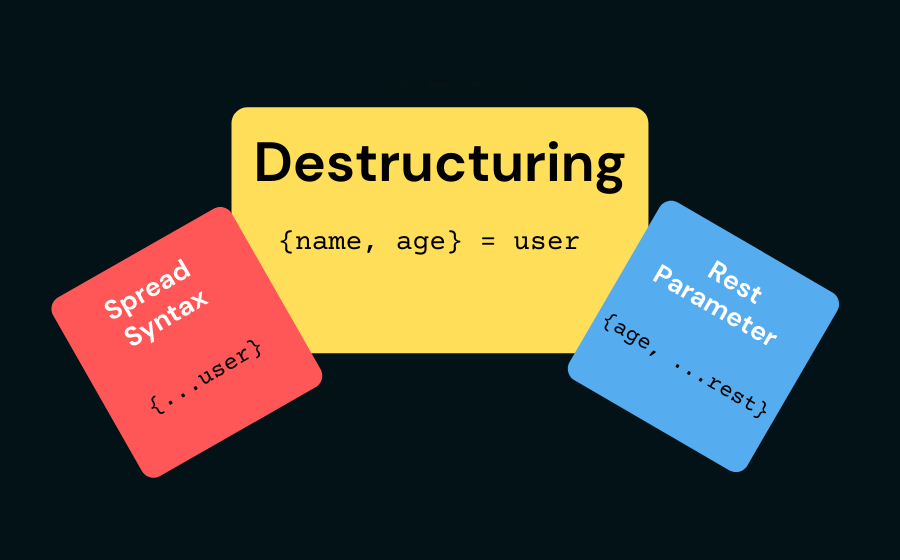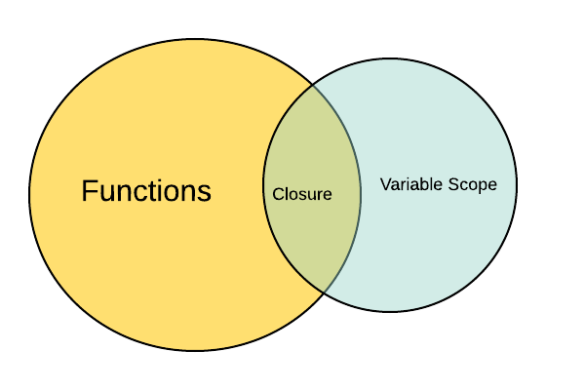Table of Contents
JavaScript is a versatile and dynamic programming language that offers a range of powerful features to developers. Two of these features, the spread operator and rest pattern, provide convenient ways to manipulate arrays and objects. In this article, we will explore the spread operator and rest pattern in JavaScript, understand their functionalities, and discover how they can enhance our coding experience. So, let’s dive in!

JavaScript’s spread operator and rest pattern are syntactic features that were introduced in ECMAScript 6 (ES6). They provide concise and expressive ways to work with arrays, objects, and function arguments. Understanding how to leverage these features can greatly simplify your code and improve its readability.
Understanding the Spread Operator
The spread operator, represented by three consecutive dots (...), allows us to expand or spread iterable objects such as arrays, strings, or objects into individual elements. It can be used in various scenarios, including array manipulation, function arguments, and object merging.
Practical Applications of the Spread Operator
– Array Manipulation
One common use case of the spread operator is when we want to concatenate or clone arrays. By using the spread operator, we can easily combine multiple arrays into a single array or create a copy of an existing array without modifying the original.
const array1 = [1, 2, 3];
const array2 = [4, 5, 6];
const concatenatedArray = [...array1, ...array2];
console.log(concatenatedArray); // [1, 2, 3, 4, 5, 6]
const clonedArray = [...array1];
console.log(clonedArray); // [1, 2, 3]
– Function Arguments
The spread operator is also useful when working with functions that accept a variable number of arguments. It allows us to pass an array of values as individual arguments to a function.
function sum(x, y, z) {
return x + y + z;
}
const numbers = [1, 2, 3];
const result = sum(...numbers);
console.log(result); // 6
– Object Merging
In JavaScript, merging objects can be achieved using the spread operator. It enables us to create a new object by combining the properties of multiple objects.
const obj1 = { foo: 1, bar: 2 };
const obj2 = { baz: 3 };
const mergedObject = { ...obj1, ...obj2 };
console.log(mergedObject); // { foo: 1, bar: 2, baz: 3 }
Exploring the Rest Pattern
The rest pattern, also denoted by the three dots (...), allows us to represent an indefinite number of function arguments as an array. It captures the remaining arguments into an array, simplifying the handling of multiple values passed to a function.
Leveraging the Rest Pattern in Practice
The rest pattern is commonly used when defining functions that accept a variable number of arguments. By using the rest pattern, we can access all the arguments passed to the function conveniently.
function sum(...numbers) {
let total = 0;
for (const number of numbers) {
total += number;
}
return total;
}
console.log(sum(1, 2, 3, 4)); // 10
Key Differences between the Spread Operator and Rest Pattern
While the spread operator and rest pattern both involve the use of the three dots (...), they have distinct behaviors and purposes.
The spread operator is used to unpack or expand elements, whereas the rest pattern is used to gather or collect elements into an array.
Best Practices for Using the Spread Operator and Rest Pattern
To ensure effective and efficient usage of the spread operator and rest pattern, consider the following best practices:
- Use the spread operator when you need to concatenate arrays, create shallow copies, or merge objects.
- Utilize the rest pattern when working with functions that accept a variable number of arguments or when you need to gather function parameters into an array.
Advanced Techniques and Use Cases
The spread operator and rest pattern offer a wide range of advanced techniques and use cases. Some examples include:
- Deep merging of objects using recursive spread.
- Spreading elements of a string into an array.
- Dynamic function parameter handling using the rest pattern.
Conclusion
In conclusion, the spread operator and rest pattern are powerful features in JavaScript that enable us to manipulate arrays, objects, and function arguments with ease. By understanding their functionalities and best practices, you can enhance your coding productivity and create more concise and readable code.
Can the spread operator be used with non-iterable objects?
Yes, the spread operator can be used with non-iterable objects such as numbers and booleans. However, it will result in a syntax error.
What happens if I use the rest pattern in an arrow function?
The rest pattern can be used in an arrow function just like any other function. It allows you to gather the remaining arguments into an array.
Is it possible to use the spread operator and rest pattern together?
Yes, it is possible to use the spread operator and rest pattern together. For example, you can use the spread operator to extract some elements from an array and the rest pattern to gather the remaining elements.
Does the spread operator create a deep copy of nested objects?
No, the spread operator creates a shallow copy of nested objects. If the nested object contains references to other objects, those references will be copied rather than creating new instances.
Are the spread operator and rest pattern supported in all JavaScript environments?
The spread operator and rest pattern are part of the ECMAScript 6 (ES6) specification and are supported in modern JavaScript environments. However, older browsers or outdated JavaScript engines may not fully support them.






Add your first comment to this post